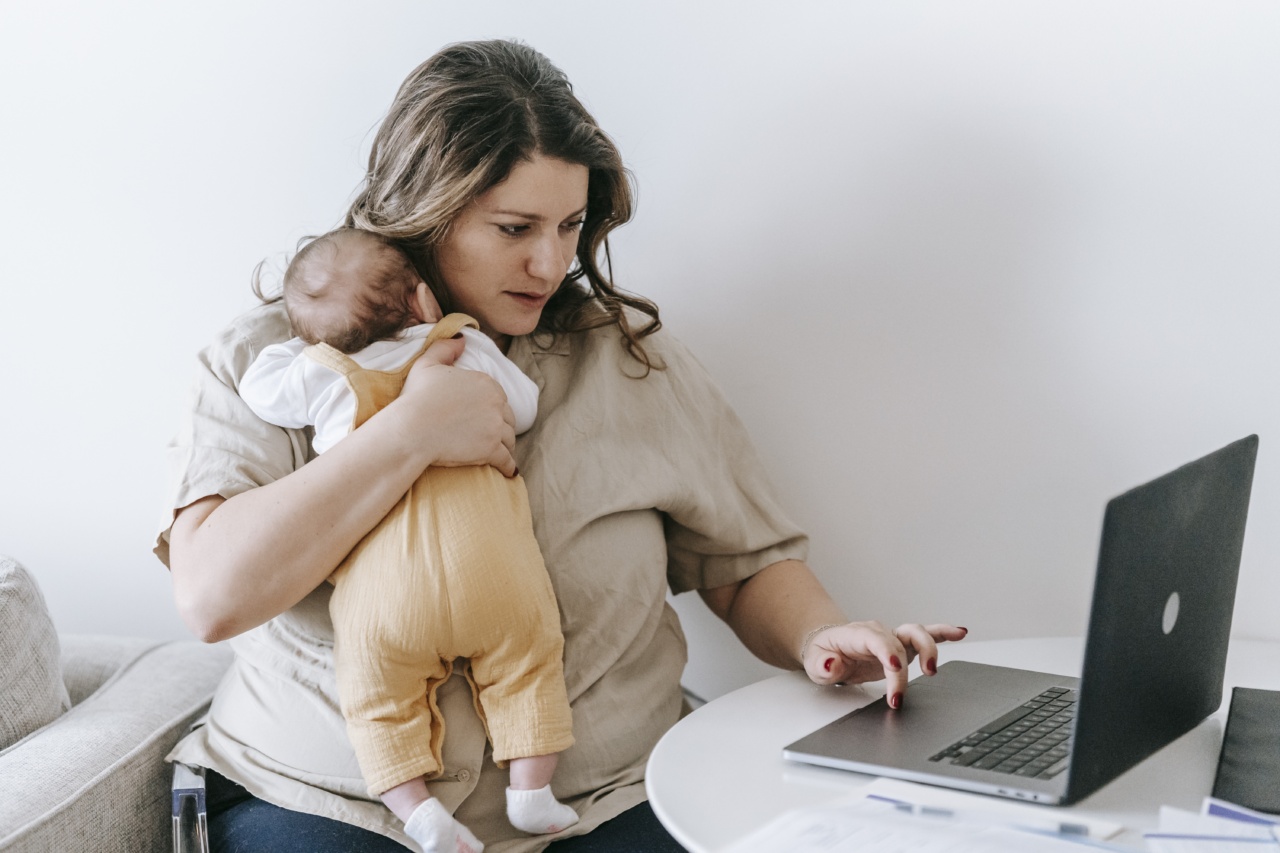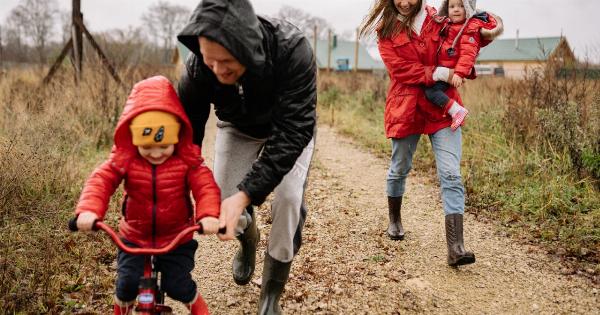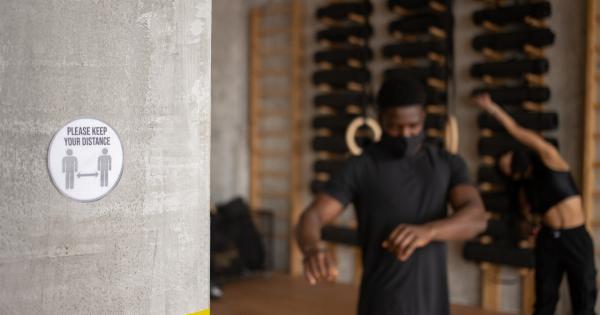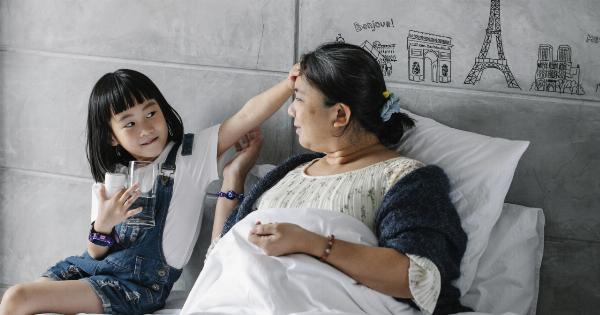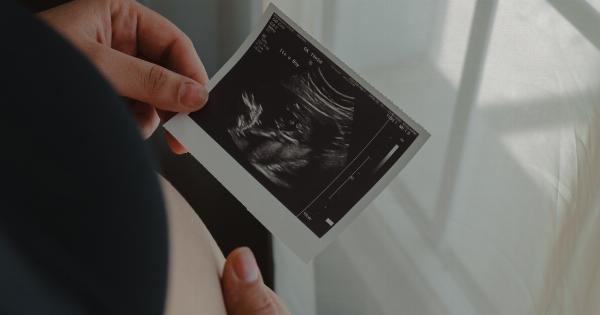Sudden Infant Death Syndrome (SIDS) is a topic of great concern for parents and caregivers. It is a tragic event where an otherwise seemingly healthy infant dies suddenly and unexpectedly.
While there are several factors that can contribute to SIDS, shaking is often misunderstood as a potential cause. In this article, we will explore the difference between shaking and SIDS, how each can affect infants, and the steps to prevent SIDS.
Understanding Sudden Infant Death Syndrome (SIDS)
Sudden Infant Death Syndrome, also known as crib death, is the unexplained death of an infant under one year of age. It typically occurs during sleep and there are no signs of struggle or distress.
SIDS is a leading cause of infant mortality, and its exact cause still remains unknown.
The Role of Shaking
Shaking an infant vigorously can result in a condition known as shaken baby syndrome (SBS), which can have severe consequences and can even be fatal.
SBS is caused by the violent shaking of a baby, often by an adult frustrated with their crying or inability to settle. The rapid back-and-forth motion can cause bleeding inside the brain, resulting in brain damage or even death.
Differences between Shaking and SIDS
While both shaking and SIDS can lead to fatal outcomes, they are fundamentally different in their causes and mechanisms.
1. Cause
SIDS is believed to be multifactorial, involving a combination of genetic, environmental, and physiological factors. It is suspected that abnormalities in the brainstem’s ability to regulate breathing and awakening from sleep may play a role.
On the other hand, shaking is a deliberate action by an adult, often in response to frustration or anger.
2. Age Group
SIDS most commonly occurs in infants between one and four months of age, with a peak incidence around two to three months. Shaking, on the other hand, can occur in infants of any age but is most common in children under one year old.
3. Symptoms
The symptoms of SIDS include the sudden and unexplained death of an otherwise healthy baby during sleep. There are usually no signs of struggle or distress and death often occurs rapidly.
In cases of shaking, the symptoms can vary and may include irritability, vomiting, seizures, difficulty breathing, lethargy, and sometimes even loss of consciousness.
4. Physical Effects
SIDS has no specific physical effects as it is a sudden and unexpected event. In cases of shaking, the physical effects can be severe and long-lasting.
Shaken baby syndrome can lead to brain damage, retinal hemorrhage, fractures, internal organ damage, and other serious injuries depending on the force and duration of shaking.
Preventing SIDS
While the exact cause of SIDS is still unknown, there are measures that can be taken to reduce the risk for infants:.
1. Safe Sleep Practices
Ensuring that an infant sleeps on their back in a safe crib or bassinet, with a firm mattress and no loose bedding or other objects that could pose a suffocation risk, can significantly reduce the risk of SIDS.
2. Providing a Smoke-free Environment
Exposure to secondhand smoke increases the risk of SIDS. It is important to keep the environment around the baby smoke-free, both indoors and outdoors.
3. Avoiding Overheating
Overheating has been associated with an increased risk of SIDS. It is important to dress the baby appropriately for the room temperature and avoid using too many layers or heavy blankets.
4. Regular Prenatal Care
Attending regular prenatal care visits and following healthcare provider recommendations is essential to ensure a healthy pregnancy and reduce the risk of SIDS.
Conclusion
While shaking and SIDS can both lead to devastating outcomes for infants, it is crucial to understand the distinction between the two.
Sudden Infant Death Syndrome is a tragic event that occurs during sleep and has no known cause, while shaking is a deliberate action that can result in severe injuries. By following safe sleep practices and taking necessary precautions, we can reduce the risk of SIDS and create a safe environment for our infants.
